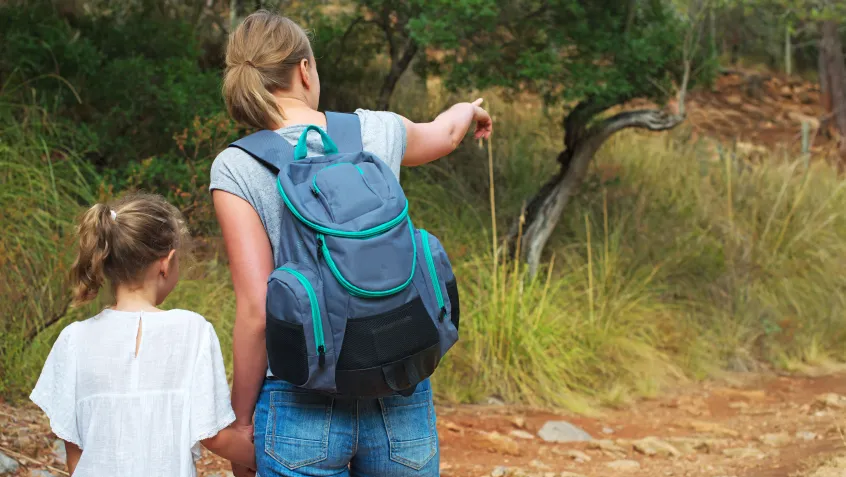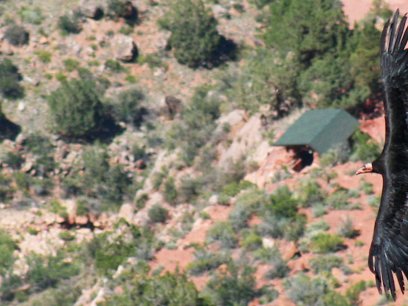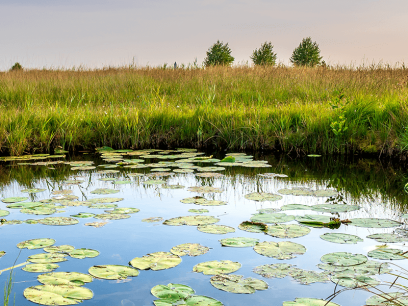
July is Parks and Recreation Month, and it's a great time to get outside! As we settle into summer, take advantage of the warmer weather and longer days to get out to your local public lands. State and local parks can be treasure troves of diverse wildlife, cultural heritage, and unique landscape features—all right in your backyard! These areas are also prime locations to try your hand at citizen science and other educational opportunities, as you hone your observation skills and begin to identify some of your feathered, scaled, or leafy neighbors.
By participating in citizen science at your local and state parks, you're helping highlight the natural marvels of your community. You don't need a scientific degree to take part—just a strong interest in your surroundings. No one knows your home better than you do, and you can help share that information with scientists and researchers, so that everyone knows what makes your area special!
Here are a few projects you can participate in as a citizen scientist in state and local parks:
- Observe Wildlife: All you need is a smartphone or a computer to participate in iNaturalist, a crowdsourced species identification and organism occurrence recording tool. Take photos of plants, animals, fungi, and more that you come across in your park, and log your findings for scientists and your peers to help identify, contributing to the base of knowledge about our planet's biodiversity. Participate in missions run by other iNaturalist users, or help out a fellow citizen scientist by suggesting an ID for their spotting! http://www.inaturalist.org
- Record Bird Sightings: In the birding world, July is sometimes overlooked for birding coverage, meaning that there is even more to discover at this time of year when other ornithologists are taking a break. Swoop in to this opportunity to help collect clues about your region's avian population with eBird, a real-time, online checklist that feeds into one of the world's largest and fastest-growing biodiversity data resources. Your contributions will help scientists map the abundance and distribution of bird species across the world. http://ebird.org/content/ebird/
- Document Changes in Plants and Animals: Did the park's wildflower fields bloom quite so early last year? You can contribute to climate change research by documenting phenological changes in flora and fauna in your area's parks, thereby helping policy makers, land managers, and scientists who want to learn more about seasonal changes observed in plants and animals across the country. This program is called Nature's Notebook, and it's managed by the USA National Phenology Network at https://www.usanpn.org/nn/become-observer


